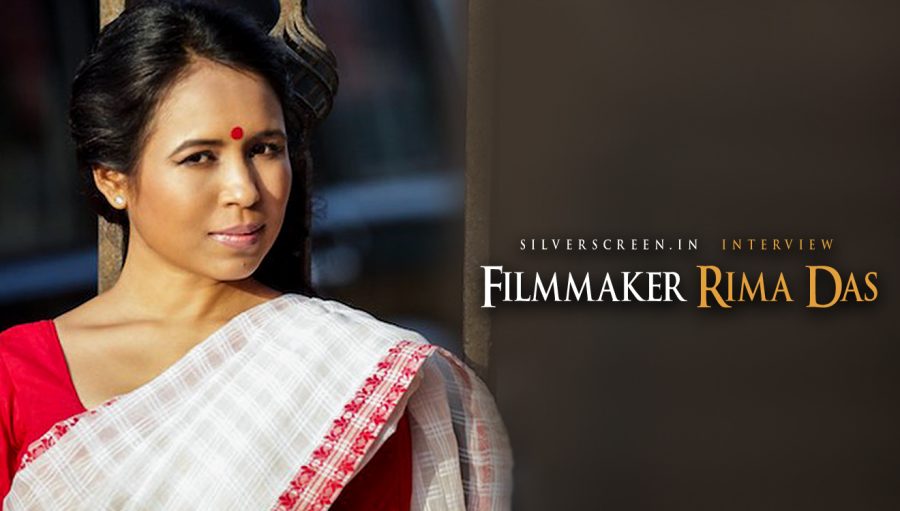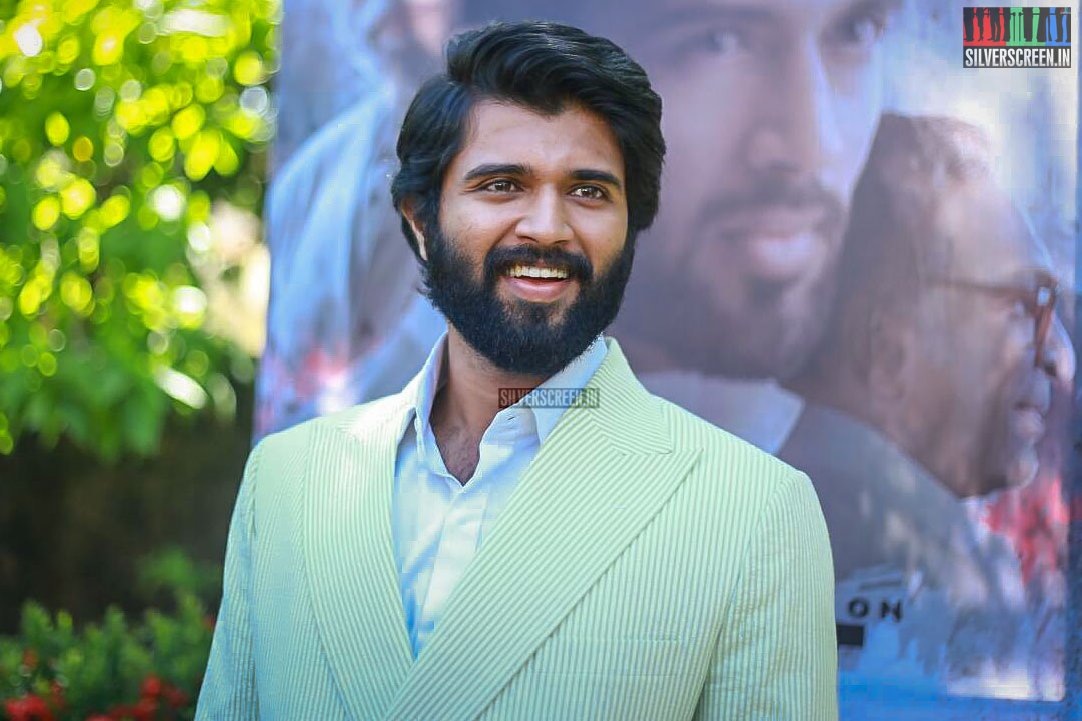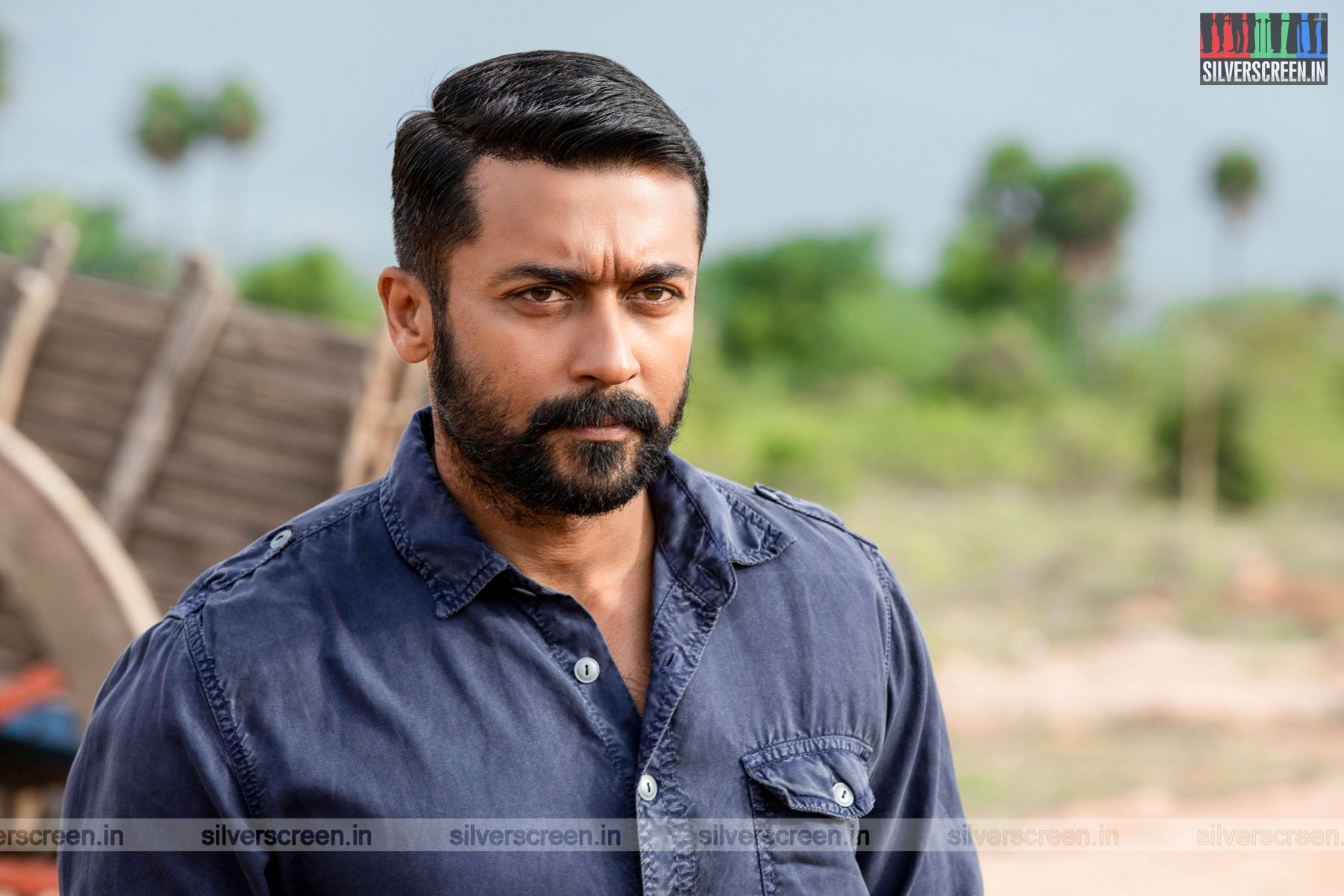Of the many things about Village Rockstars, the Assamese indie film wonder that has been gathering love and accolades at many film festivals across the world, the most fascinating is the gleaming optimism that it proudly wears on its sleeve.
Village Rockstars is a documentation of the life of a belligerent tomboy, 10-year-old Dhunnu (Bhanita Das), who lives in a remote flood-prone hamlet. She nurtures an unlikely dream – to own a guitar and found a music band with her gang of friends in the village. Mind you, Dhunnu isn’t just weaving a fantasy, but working towards realising her dream by practicing with fake guitars, imitating the singers she once saw at a local event. Her widowed mother, who is working hard to make ends meet and guard her little girl from the harshness of life, is very supportive. Directed by Rima Das, it is a disarmingly sweet and sensitive slice-of-life tale, below the folds of which the gender disparity and the coarseness of daily life in the village come alive.
I met Rima Das at the recently concluded Dharamshala International Film Festival, in the beautifully lit up basketball court of the Tibetan Children’s Village School where delegates, volunteers, organisers and the local audience hang out every evening. Fluttering a pair of invisible wings like a butterfly, she was floating around the space, chatting uninhibitedly, and gleefully posing for selfies. “What a rockstar!” remarked a friend – a filmmaker – after watching Village Rockstars and briefly conversing with Das about it. He isn’t without a reason.
36-year-old Das, who has had no formal training in filmmaking, handled the screenwriting, direction, cinematography, editing and production design of the 80-minute long film which has a cast that consists mostly of children. The film was shot on Das’s Canon 5D Mark 2, completely in natural light, with just a younger cousin assisting her on the ground. Sometimes, she had to climb trees with the camera, balance in waist-high water or on a boat bobbing in the flood waters. She shot the film over a period of four years.
Village Rockstars premiered at the Toronto International Film Festival in September 2017, and at the 19th MAMI Film Festival; it won three awards – the Golden Gateway award in the India Gold Category, Oxfam Gender Equality Award and the Young Critics Choice Award. The film’s child actors, who live in Assam’s Chaygaon where Village Rockstars is set in, travelled with Das to Mumbai to attend the screening at MAMI film festival.
Last week, it won the Golden Elephant for the Best Director (Feature Film) – Competition Asian Panorama – by Adult Jury at the 20th International Children’s Film Festival. Also, Bhanita Das bagged the Special Jury Award for Best Child Performer. The film will also be screened at the upcoming Cairo International Film Festival and International Film Festival Of Kerala.
Over a phone conversation, Das, who is now in Guwahati, spoke to Silverscreen about Village Rockstars and zero budget filmmaking.
Born and brought up in Chaygaon, Das, after earning a masters degree in sociology, shifted to Mumbai in 2003 to become an actor. However, she realised that the right acting opportunities were rare to come by. “It was a difficult period,” she admits. “As an actor, you don’t always get the roles you want to play. I spent around eight years in Mumbai as a struggling actor. That period helped me learn more about cinema, beyond the realm of acting,” she says.
From watching films from across the world and ages, to learning the basics of camera and editing through Youtube tutorials, she groomed herself into a filmmaker. Next, she bought a digital camera, and ventured into the world of filmmaking.
“I had this desire to create something beautiful. I am not very sound in the technical side of cinema, but I know the basic stuff. For the first two films, I had a DoP. I would observe them and learn,” Das says. “No one can teach you how to compose a shot. You are only guided by an instinct. It has to come from within. I learned cinema by working on my films. The best thing was that I bought my own camera, and since I was working on the digital medium, I had the freedom to experiment, shoot more.”

rima3
Das doubled up as a supporting actor in Man With The Binoculars – something she regrets. “I have realised that it isn’t easy to be both, a director and an actor in the same film. I think my first feature film suffered because I had to divide my attention between two roles. Also, I think, gradually, my interest in filmmaking has overpowered my passion for acting. At least for the time being, I am not going to act in my movies.”
Even as she was working on the post production of Man With The Binoculars, Das had started shooting her next, Village Rockstars, in Chaygaon where she was spending a lot of time.
“I came across this set of little boys in the village. They were very energetic and smart, and I started filming them randomly on my Canon 5D. Slowly, a film came into form,” she says. Almost six months into the pre-production of the film, Das noticed Bhanita (who is also her niece) hanging out with the boy’s gang. “Her mischievous tomboyish nature reminded me of myself as a child. I decided to centre Village Rockstars around Dhunnu – an untameable rebellious little girl amidst a gang of boys,” says Das.
The lifestyle of the people in the film is portrayed with delectable rawness. “That’s something you get when you use unseasoned actors from the surroundings,” says Das. The child actors and other cast members had never watched a film shooting before, let alone act in one.
Working with the child actors wasn’t difficult at all, she says. “I have heard people saying it is not easy to handle child actors. Village Rockstars wasn’t a conventional film. We didn’t work within a tight schedule or with a big crew. I was on my own, and I would shoot flexibly, adjusting time according to the kids’ routine. I set them free. They would listen to me, and do what I said. If I felt like they were in no mood to act, I would pack up shoot. We had fun together. They didn’t have to skip school as I shot mostly in the morning and after school,” says Das.
Thanks to this peculiar shooting schedule, Village Rockstars has several picturesque wide-shots that soaks in the magic hour.
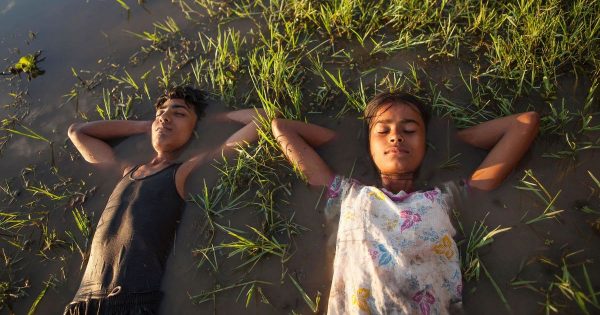 In the film, Das presents Dhunnu’s life in fine details. You see Dhunnu, her brother and mother having a dinner of rice, sans a side dish. In a beautifully-shot sequence, Dhunnu and her friend are seen rowing a boat through a vast waterbody around sunset. She tells him – nonchalantly – about how her father had drowned in the waters one day when the village was hit by a flood.
In the film, Das presents Dhunnu’s life in fine details. You see Dhunnu, her brother and mother having a dinner of rice, sans a side dish. In a beautifully-shot sequence, Dhunnu and her friend are seen rowing a boat through a vast waterbody around sunset. She tells him – nonchalantly – about how her father had drowned in the waters one day when the village was hit by a flood.
However, Das doesn’t tie down her Village Rockstars to this hard reality of poverty and natural disasters. When the village elders rap Dhunnu for her unhindered sense of freedom, her mother fiercely defends the little girl. “When my husband died, I was left alone with two little children. There was no one to hold my back. Now they want to teach my girl right and wrong!” the mother snaps at the patriarchs. She teaches Dhunnu how to swim. When the girl expresses a wish to own a guitar, the mother doesn’t laugh it off.
“I didn’t want to infuse positivism forcefully, but I wanted it to spread naturally. Hope is the only weapon we have most of the time, isn’t it? If we don’t dream and be hopeful, how would we survive! The best thing about children is their ability to dream without a restraint. Before I began filming Village Rockstars I interviewed these kids in the village. I asked them what they wanted to be in life. Irrespective of their class, caste and social background, they told me they wanted to be a pilot, the prime minister, a lawyer… children know how to dream!”
*****
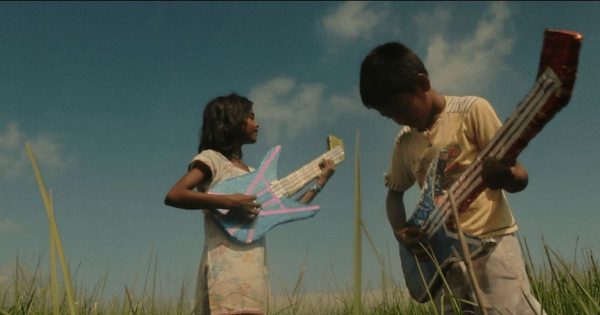 The film was made over a period of four years. “One of the first film festivals to screen it was Toronto International Film Festival. We’d sent a rough cut. The film was still in the post production stage. I was shooting and editing the film simultaneously,” she says.
The film was made over a period of four years. “One of the first film festivals to screen it was Toronto International Film Festival. We’d sent a rough cut. The film was still in the post production stage. I was shooting and editing the film simultaneously,” she says.
Isn’t four years a long time, I wonder. “Yes, it is. It was difficult. It involved a lot of hard work, risk and mental stress,” says Das. “The kids and parents didn’t know anything about the nature of this film, so they would keep asking me what was going on, why it was taking so long to make a film. I took one and half years to work on post production.”
Recommended
An indie filmmaker would know how complicated the process of breaking into the world of international film festivals is. A true-blooded champion that she is, Rima cracked the code right in her first attempt. “It is not so difficult,” she says. “Everything is on the Internet. I sat down and did some extensive research on where I could send my film to. Tallinn Black Nights Film Festival was the first to send me an invitation. Then, I visited Cannes market, NFDC film bazaar, Hong Kong film market… It made me more confident, informed and equipped. There were many people who told me that it was impossible for a small-time filmmaker from India to get selected at a big film festival where thousands of entries come every year. But I cracked it right.”
*****
